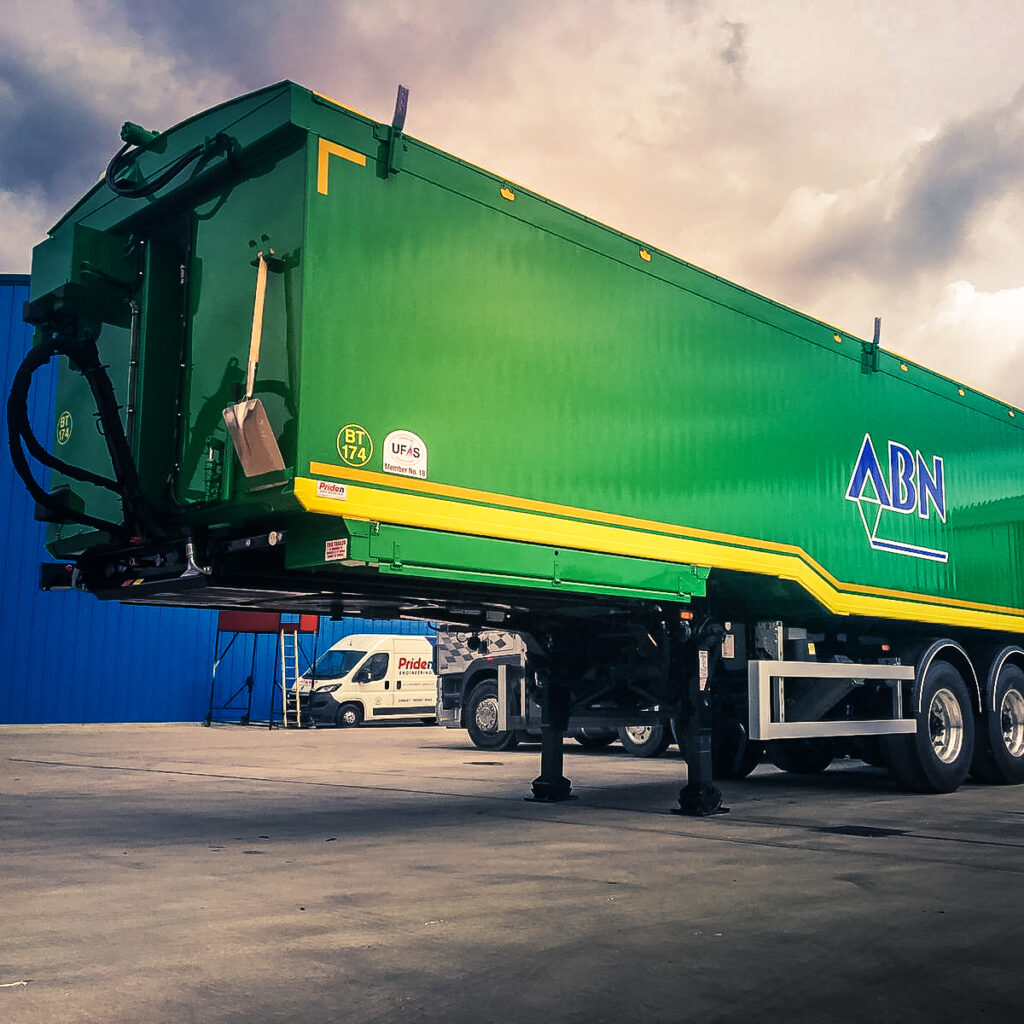
Blower body refurb or new build? A fleet manager’s guide to cost, downtime and compliance
Every fleet reaches a fork in the road: refurbish an ageing blower body and pneumatic system, or commission a new build. The right answer depends on duty cycle, vessel condition, component availability, compliance requirements and the cost of downtime. Here’s a practical framework—drawn from PRIDEN’s workshop experience—to help you choose with confidence.
Start with an honest assessment
A successful refurb begins with evidence. We inspect vessel integrity (including welds and known corrosion zones), pipework wear, valve and seal condition, blower hours and driver feedback on recent unloads. If the shell is sound and the application hasn’t changed radically, a refurb can restore performance and extend life at a fraction of the cost of new.
Red flags that often point to new build
- Structural degradation, pitting or fatigue that would require extensive shell repairs
- Obsolete components or layouts that can’t meet current discharge, hygiene or site rules
- Repeated hose/union failures or persistent back-pressure issues that indicate fundamental design limits
- Approvals/doc gaps that are hard to remediate without starting again
The refurb toolkit: where value appears
A targeted refurb can be transformative. Typical interventions include:
- Pipework rationalisation: fewer unions, larger-radius bends, and smoother internal finishes to cut pressure loss.
- Valve & seal refresh: restoring tightness and control; swapping to food-grade where required.
- Blower and drive upgrades: duty-matched units, filtration/cooling improvements and noise attenuation.
- Controls & interlocks: clear sequencing, new E-stops/indicators, and optional remote pendants.
- Safety & access: catwalks, handrails, anti-slip, lighting and camera integration.
- Documentation & commissioning: updated spec packs, pressure/temperature logs, and training.
For fleets facing new site requirements (e.g., fall-protection or decibel limits), these upgrades can unlock access and reduce daily friction.
Downtime and the real cost of doing nothing
A refurb typically delivers shorter workshop time than a full new build—meaning less disruption to routes. More importantly, it addresses creeping performance loss that steals minutes from every unload. Over a year, those minutes compound into lost deliveries, overtime and schedule churn.
Compliance: plan it in, not after
Whether refurb or new, approvals and records matter. PRIDEN builds compliance into the scope: we align to the relevant standards, refresh documentation and ensure commissioning outputs are captured. That protects drivers and gives managers audit-ready evidence for customers, insurers and authorities.
Whole-life economics
Think beyond today’s invoice. A refurb might cost significantly less upfront, but if your duty has changed, a new build can pay back in throughput, access to new sites, lower noise, and cleaner maintenance intervals. Conversely, if the shell is sound and the application stable, a refurb that removes friction points (poor bends, tired valves, noisy blowers) can defer capital spend for years.
A simple way to decide
- Stable duty, sound shell, fixable pain points → Refurb
- Changed duty, structural issues, compliance gaps → New build
PRIDEN can cost both scenarios like-for-like—including workshop time, expected performance, and an estimate of annual minutes saved per vehicle—so you can make a data-led decision.
Considering a blower refresh or a clean-sheet build? Book a PRIDEN assessment. We’ll benchmark your current performance and give you a clear, side-by-side proposal with downtime and documentation included.